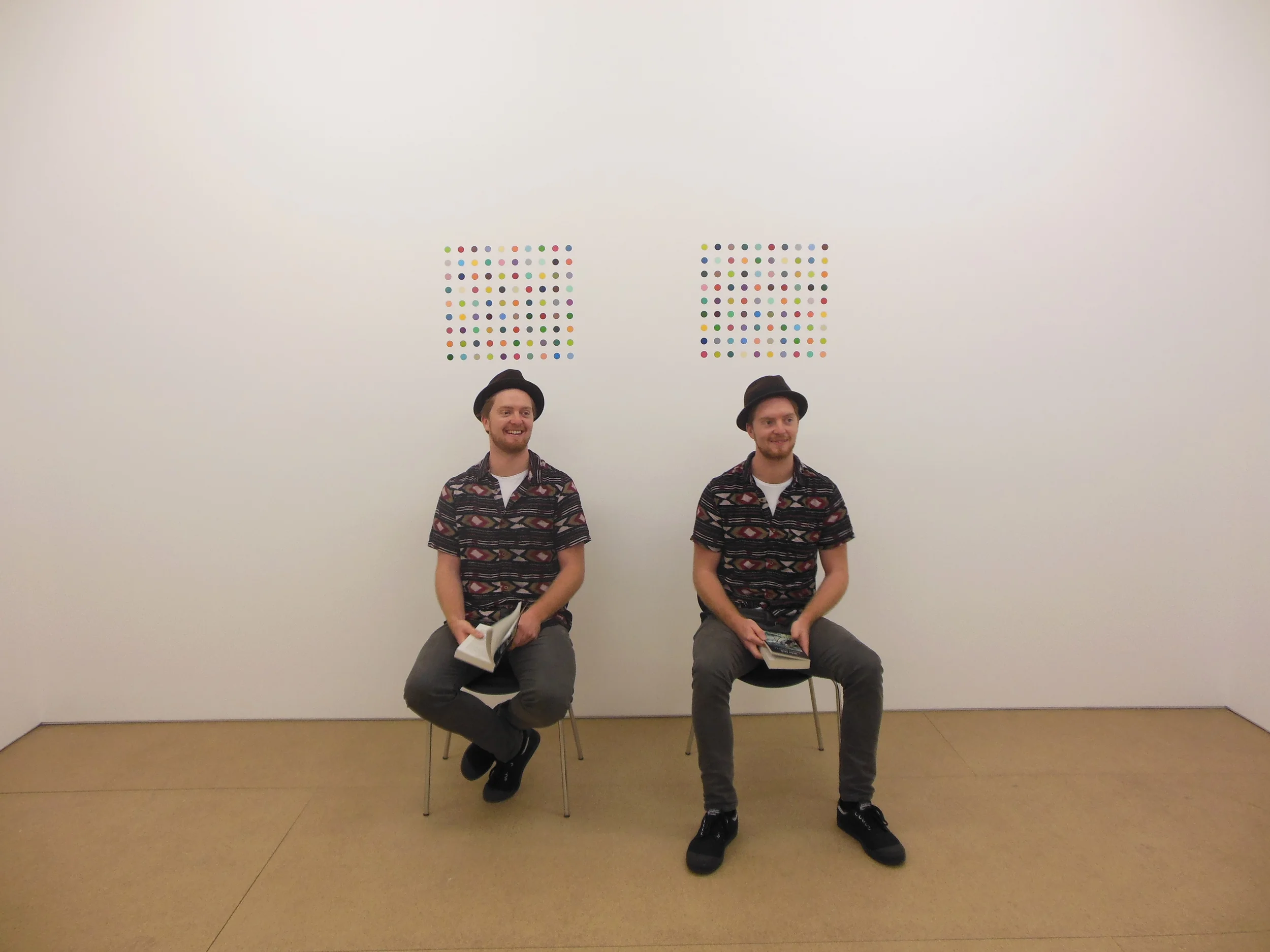Japan
Awakening — Where Are We Standing? — Earth, Memory and Resurrection.
The 2nd Aichi Triennale, curated by Taro Igarashi, runs from August 8 – October 27, 2013. In addition to the venues in the main city of Nagoya, for the first time the event also takes place at various locations in Okazaki. It is the first major exhibition in Japan since the 2011 Great East Japan Earthquake. The title “Awakening — Where Are We Standing? — Earth, Memory and Resurrection,” in Japanese literally means ‘shaking earth,’ yet the curators stress that the triennale is not intended to be explicitly about the event, but aims to spark a wider discussion about human irresponsibility, loss, tragedy and renewal - as Igarashi says “it is a critical situation where the place we stand and our identities are fluctuating.” It is an ambitious undertaking with 76 participating artists, 50% of those international, leading it to be considered the largest contemporary art event in Japan.
Part of a series titled “Blue Print” by the architectural group Open United Studio, which aims to evoke the memories of various global cities. Fushimi Underground Shopping Street.
Choja-machi site, Nagoya.
Scattered with signboards stating “Choja-machi textile town,” the area’s past as one of the three thriving textile towns after the war is evident. Although it was affected by the recession, in recent years the area has seen studios and galleries breathing a new life into it and the vacant buildings are now being used to exhibit art.
Wall painting on the former Tamaya building by Portuguese artist Rigo 23 who was inspired by a 1952 photograph of Nagoya workers perched on ladders. Choja-machi site.
Marlon Griffiths (b.1976) working in his open studio. Griffiths started out designing Mas (masquerade) costumes for the Carnival in his hometown of Trinidad and Tobago. Choja-machi area.
Aichi Arts Centre and Aichi Prefectural Museum, Nagoya.
The Aichi Arts Center. Comprised of twelve floors above ground and five floors below ground it also houses an art museum, rental gallery, art theaters, the Aichi Prefectural Arts Promotion Service, and the Art Library. The Aichi Prefectural Museum is located on the tenth floor.
Romanian artist Dan Perjovschi’s The Top Drawing, 2013 on the window of the 11th floor-viewing balcony of the Aichi Arts Center.
Song Dong with his installation “Wisdom of the Poor” 2010-2013, a work the artist has been developing for years which looks at the importance of borrowing. He believes people work in the same way as politics, moving their borders and territories to claim more power. Aichi Prefectural Museum of Art.
Architecture historian and member of ROJI, Fujimori Terunobu’s Flying Mud Boat, 2010. Installed outside the Nagoya City Art Museum.
Toyo Logistics Building, Nayabashi area
A warehouse with a structure originally built for a bowling alley. This is the last time it is being used by the triennale.
site-specific installation Lane 61, 2013. Wilson explains that bowling acts as a metaphor for life; the ball rolls down knocking everything over, yet the pins always come back up. Toyo Logistics Building.
A dramatic foam landscape continually changes in shape by the Japanese artist Nawa Kohei. Third floor of the Toyo Logistics Building.
Okazaki area
30 minutes by train from Nagoya and located in the center of the former Mikawa Province, Okazaki city was once a bustling castle town. This is the first time the area has been used for the triennale.
LA-based artists Alain Guerra and Neraldo de la Paz, collectively known as Guerra de la Paz, pictured in front of Secret Garden, 2013 on the unused top floor of a shopping mall in the Higashi Okazaki Station. While they generally source their materials from the waste bins of second-hand goods shipping companies in Miami’s Little Haiti, for their site-specific work at the Aichi Triennale they use clothes from the factories in Ozahaki. Okazaki site.
Secret Garden, detail.
Okazaki CIBICO department store.
Palestinian-born UK-based artist Bashir Makhoul's installation Ghost, Exit Ghost, 2012 - a 100m long cardboard maze that eventually leads to an Arab town or refugee camp. Images of East Jerusalem and a Palestinian refugee camp change as the viewer walks past. Okazaki CIBICO.
Matsumoto-cho site in the Okazaki area.































































































































